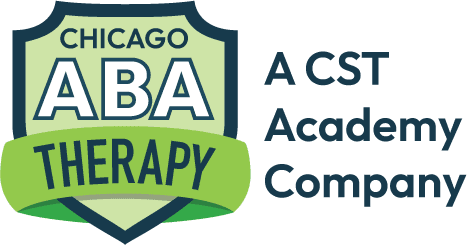Echolalia is a term used to describe the repetition of words, phrases, or sentences spoken by others. This phenomenon is often observed in individuals with autism spectrum disorder (ASD) and other developmental conditions. Echolalia can be immediate, where the repetition occurs right after the original speech, or delayed, where the individual echoes words or phrases after some time has passed.
Types of Echolalia
- Immediate Echolalia: This occurs when an individual repeats words or phrases immediately after hearing them. For example, if a parent says, “Do you want some juice?” the child might respond by saying, “Do you want some juice?” instead of answering the question.
- Delayed Echolalia: This involves the repetition of phrases or sentences after a delay, which could be minutes, hours, days, or even longer. An individual might repeat a line from a favorite TV show or a conversation from the past in seemingly unrelated contexts.
- Mitigated Echolalia: In this form, the echoed speech is slightly altered by the individual, either by adding or changing words to fit the current context. For instance, if a child hears, “It’s time to go,” they might later say, “It’s almost time to go.”
Echolalia in Autism
Echolalia is particularly common among individuals with autism. It can serve various communicative functions, including:
- Learning and Practicing Language: Repeating words and phrases can help individuals with ASD learn and practice language, much like how children learn through mimicry.
- Self-Regulation: Echolalia can be a way for individuals to soothe themselves, manage anxiety, or make sense of their surroundings. The repetitive nature can provide comfort and predictability.
- Communication: For some, echolalia is a way to communicate when they struggle with spontaneous language. It can serve as a bridge to more meaningful communication.
The Role of Echolalia in Language Development
While echolalia can sometimes be seen as a barrier to typical communication, it can also play a crucial role in language development for individuals with autism. It often marks a stage in the progression toward more functional and spontaneous language use. By understanding the purpose behind echolalia, parents and therapists can better support language development.
Strategies for Addressing Echolalia
- Model Appropriate Language: When an individual uses echolalia, respond by modeling the correct or more appropriate language. For example, if a child repeats, “Do you want some juice?” you might say, “Yes, I want some juice, please.”
- Use Visual Supports: Visual aids can help individuals understand and use language more effectively. Picture cards, schedules, and written words can support verbal communication.
- Engage in Meaningful Interaction: Create opportunities for meaningful social interactions where language is used in context. Encourage the individual to use words and phrases functionally rather than just repetitively.
- Identify the Purpose: Try to understand the purpose behind the echolalia. Is it serving as a request, self-soothing, or a means to process information? Understanding the intent can help in tailoring interventions.
- Encourage Spontaneous Speech: Use prompts and cues to encourage spontaneous speech. For instance, if a child echoes, “It’s time to go,” you might follow up with, “Yes, it’s time to go to the park. What do you want to do there?”
When to Seek Help
While echolalia can be a normal part of language development in children with autism, it’s important to seek professional guidance if:
- The echolalia persists and significantly interferes with communication.
- The individual shows little progress in developing spontaneous speech.
- The echolalia is accompanied by other concerning behaviors or developmental delays.
Conclusion
Echolalia, often seen in individuals with autism, serves multiple functions from language learning to self-regulation. Understanding its role and purpose is essential for parents, educators, and therapists to provide effective support. By implementing strategies to model appropriate language, use visual supports, and encourage meaningful interactions, echolalia can be transformed from a barrier into a stepping stone for improved communication and language development.
Additional Resources
For more information on echolalia and strategies to support language development in individuals with autism, consider the following resources:
By understanding echolalia and its place in the spectrum of language development, we can better support individuals with autism in their journey toward effective communication.
About Chicago ABA Therapy
At Chicago ABA Therapy, we are dedicated to providing comprehensive, evidence-based support to individuals with autism and their families. Our team of experienced therapists is committed to helping each client achieve their fullest potential through individualized therapy plans. For more information about our services, please visit Chicago ABA Therapy.








